Charming and unusual polychrome wooden alms box from the late 18th or early 19th century, shaped like a small temple or shrine. It was likely set into the wall of a convent, chapel, or country church (pieve).
The rear part of the alms box is recessed by about 6 cm and would have been embedded into a thick door or masonry wall. Its mechanism resembles that of the “foundling wheel”: inside is a rotating cylindrical compartment that can be turned 180°, revealing a small hollow space where offerings or small items could be placed.
Once rotated again, the items could be retrieved discreetly from the opposite side, without opening doors or showing oneself – particularly useful in monastic environments or places of cloister.
There may have once been a bell above the box to signal that an offering had been made.












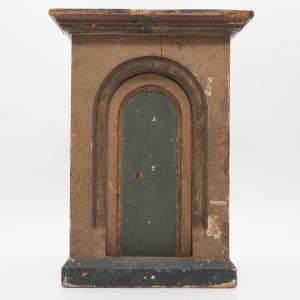










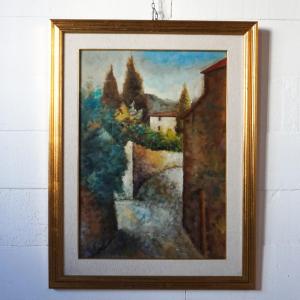





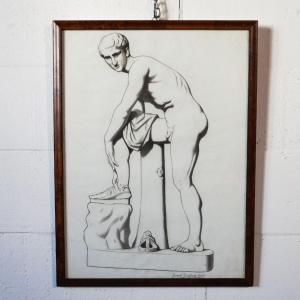





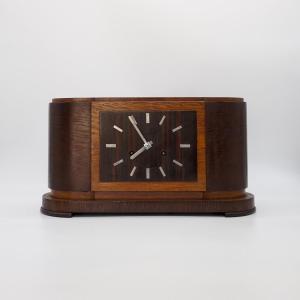





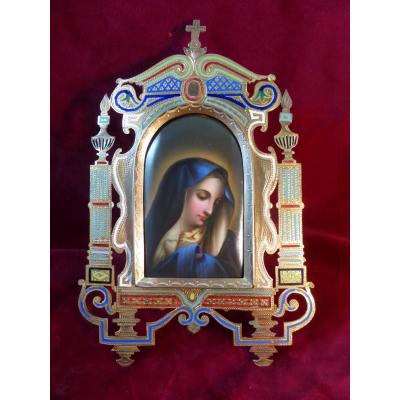




 Le Magazine de PROANTIC
Le Magazine de PROANTIC TRÉSORS Magazine
TRÉSORS Magazine Rivista Artiquariato
Rivista Artiquariato